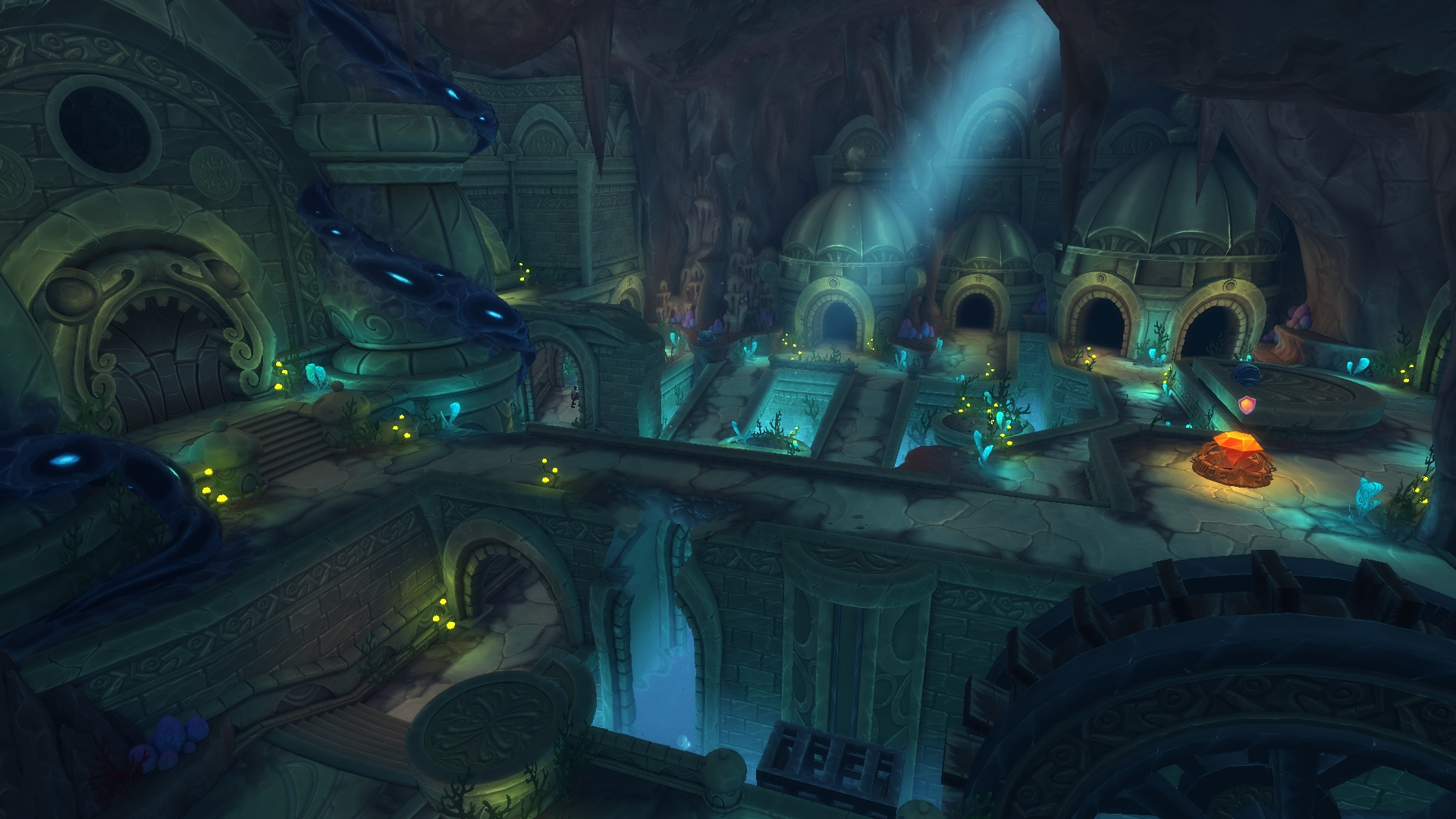


Opening irrigation canals and keeping them open constantly was one of the most important things the city administrators had to do, and the necessity of joint efforts and collaboration brought about social communication and governance phenomenon Despite the floods that occurred in the land of Egypt created a permanent irrigation system without human labor, irrigation canal construction work which required planning, collaboration and cooperation of all people in the city accelerated the formation of cities in Mesopotamia. One of the most fundamental reasons for the formation of the city, namely the coexistence of people, to become mandatory is their need for irrigation canals. People who did coexist with others developed a sense of belonging to their city These cities were places which could exchange raw materials required with neighboring cities in return for excessive product they produced and develop their own city culture different from the common culture of humanity. Neolithic farmers strived to meet their own needs all by themselves at the beginning of the Neolithic period however, they organized as the population got crowded and witnessed the emergence of professions organized in various fields such as in pottery, stone and wood tools production and textile. In the fourth millennium, Mesopotamian and Egyptian cities were settlements classified according to occupations and financial strength, and surrounded by walls all created with the support of the people in the city. Groups of people consisting of just a few families due to the facts that being in groups was an essentiality and the food provided was limited in hunting–gathering era started to establish dwellings, we might call ‘agricultural villages or towns’, in which a few hundred families can live together in crop farming and cultivation period called “Neolithic era”, thanks to a sense of security depending on being in groups and abundance of food resources. The Nile in Egypt, the Tigris and Euphrates in Mesopotamia, the Indus River in Harappa and the Yellow River in China had all given life to civilization. As the climate turned out to be suitable, people who had survived on hunting and gathering and created a culture suited to this lifestyle during the millennia until the last glacial period began to change lifestyles to engage in agriculture and livestock In the transition to an agricultural society process, people broke with all their experience and habits they had on hunting, they began to invent new tools and shape their life considering the planting and harvest seasons for the crops they grow. IntroductionĪccording to recent research, the last glacial period ended 11.711 years ago. As the world’s middle latitude climate zone had become appropriate for agricultural activities, the first agricultural societies of the world began to flourish around the world’s major rivers. In this paper, it will discuss the struggle between secular governors and clergy members who had taken over in the first Mesopotamian citystates, focusing on the Urukagina and Akhenaton samples.

When secular governors supported by the armies appeared in cities, the clergy members had been ruling, struggles began between these two social classes. The clergy members having a hierarchy in their own merits, owing to the organized structure brought about by the religious belief in the first periods of humanity, formed a temple-centered administration system.

Clergy members became administrators in the Mesopotamian city-states where the urbanization first started. The concepts ‘to govern’ and ‘to be governed’ began to appear in time among the crowded population settled in cities. People, who shifted their lifestyles from hunter-gatherer societies to settled lives dominated by agricultural activities, first began to live in villages and then in cities. Photo by Marie-Lan Nguyen, Louvre Museum, Wikimedia Commons At its beginning, he built the Eninnu-( E-ninnu or Temple-Ninnu) at its ending, he built the Esiraran”. The inscription reads: “He dug (…) the canal to the town-of-NINA. Fragment of an inscripted clay cone of Urukagina (or Uruinimgina), lugal (prince) of Lagash.


 0 kommentar(er)
0 kommentar(er)
